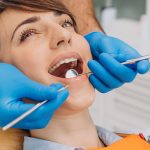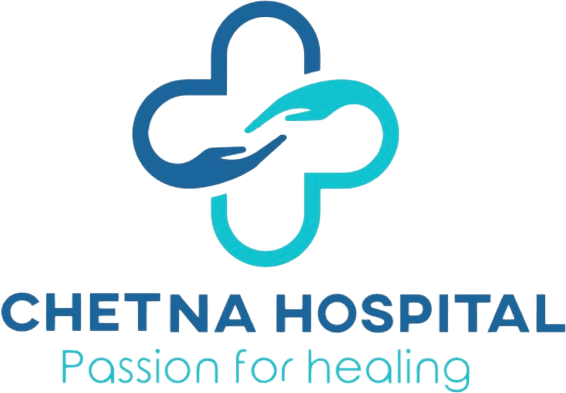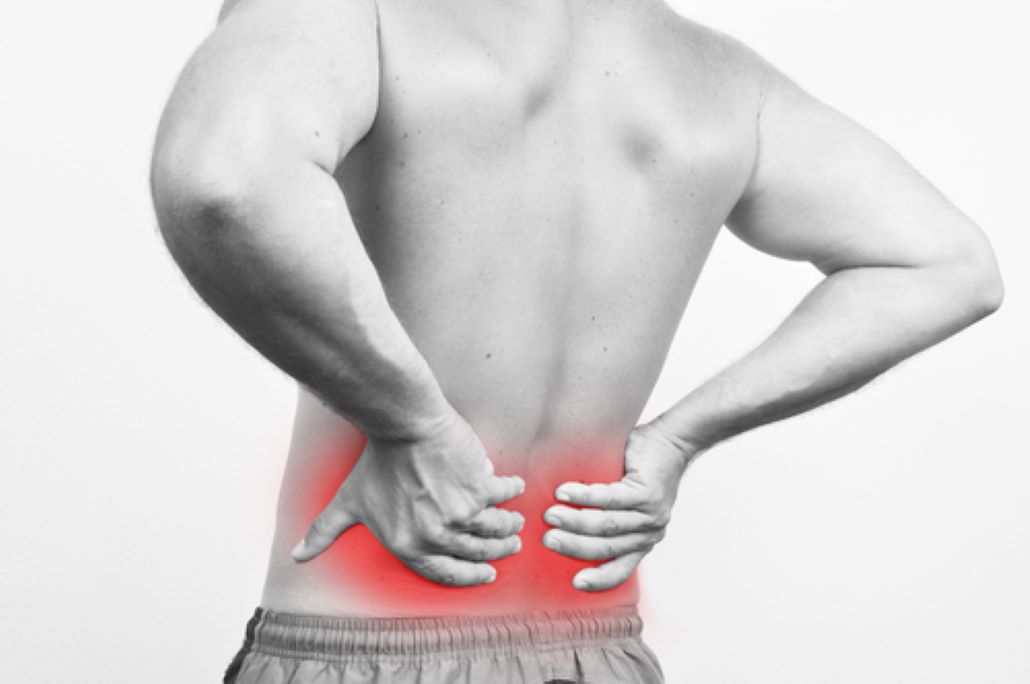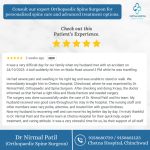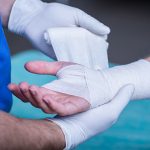Lower back pain is one of the most common complaints among adults, and not all types of back pain are the same. One such specific type is called Discogenic Low Back Pain — a condition that originates from the intervertebral discs in the spine. It’s a common yet often misunderstood cause of chronic back pain.
🌐 What is Discogenic Low Back Pain?
Discogenic low back pain is pain that arises from a damaged or degenerated spinal disc. These discs act as cushions between the bones (vertebrae) of your spine. Over time, due to wear and tear, injury, or aging, these discs can start to break down, dry out, or develop small tears, which leads to pain. Unlike a herniated disc where the disc material compresses nearby nerves (causing leg pain or sciatica), discogenic pain is localized to the lower back.
⚠️ Common Causes
The most common cause of discogenic pain is degenerative disc disease, a natural part of aging. However, certain factors can accelerate the process or trigger symptoms earlier:
- Repetitive spinal stress or improper lifting
- Sedentary lifestyle
- Poor posture
- Previous spinal injuries
- Genetic predisposition
- Obesity
As discs lose their hydration and flexibility, they become more prone to internal disruption and inflammation, leading to pain.
🤕 Symptoms to Watch For
People with discogenic low back pain usually experience:
- A deep, aching pain in the lower back
- Pain that worsens with sitting, bending, or prolonged standing
- Morning stiffness
- Limited flexibility in the lower back
- Minimal or no pain in the legs (unlike sciatica)
Pain can be intermittent or constant and may significantly affect your daily life and sleep.
🧪 How is It Diagnosed?
Diagnosing discogenic back pain can be challenging because its symptoms overlap with other spine conditions. A spine specialist may use the following methods:
- Detailed medical history and physical examination
- MRI scan to detect disc degeneration or internal disc disruption
- Provocative discography, a test where contrast dye is injected into the disc to identify the exact pain source (used in select cases)
💊 Treatment Options
Treatment for discogenic pain depends on its severity and how long you’ve had symptoms:
1. Conservative (Non-surgical) Treatment:
- Rest and activity modification
- Pain-relief medications (NSAIDs)
- Physiotherapy to strengthen core muscles and improve posture
- Epidural or intradiscal steroid injections
- Lifestyle changes like weight management and avoiding prolonged sitting
2. Surgical Treatment:
Surgery is considered if conservative methods fail over 3–6 months. Surgical options include:
- Discectomy (removal of the damaged disc portion)
- Spinal fusion (joining two or more vertebrae)
- Artificial disc replacement
Minimally invasive procedures are now available and offer quicker recovery and less post-operative pain.
👨⚕️ When to See a Spine Surgeon?
If you’ve had persistent lower back pain for over 6 weeks, especially if it limits your routine activities or affects your sleep, it’s time to consult a spine specialist. Early diagnosis and treatment can prevent the condition from worsening.
🏥 Expert Spine Care at Chetna Hospital
At Chetna Hospital, Chinchwad, Dr. Nirmal Patil — a renowned Orthopaedic Spine Surgeon — offers advanced evaluation and treatment for discogenic low back pain using the latest techniques and patient-centered care.
For Consultation Contact us on 9158680739 / 9158681123
Website - www.chetnahospital.co.in
Address – Chetna Hospital, Sambhajinagar, MIDC, G Block, Near Rotary Club, Chinchwad 411019
.
.
.
#pune#pcmc#chinchwad#hospital#medical#medicalservices#spinesurgeon#backspecialist#sciatica#sciaticnerve#sciaticapain#sciaticatreatment#spinesurgery#spinespecialist#spinedoctor#backpaindoctor#endoscopicspinesurgery#orthopaedicsurgeon#mistlifsurgery#cervicalpain#spinalcord#rediculopathy#backpainrelief#slippeddisc#spine#neckpain#spinalstenosis#lumberlordosis#backbonesurgery








